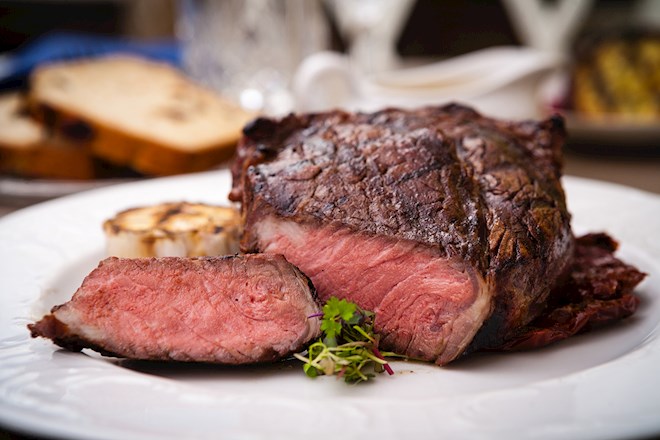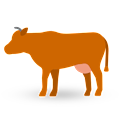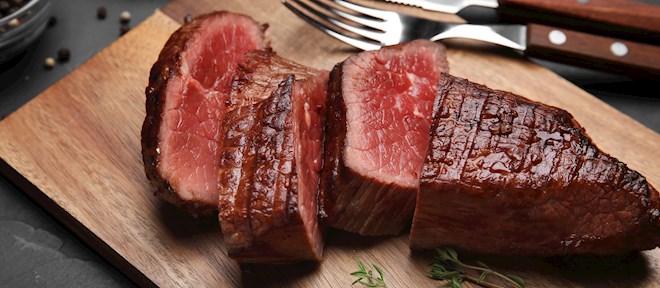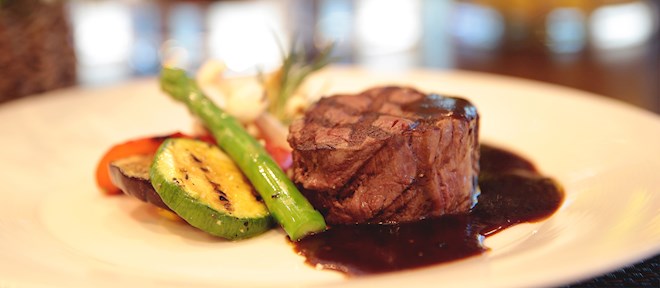French Beef Cuts
French Beef Cuts & producers

No results.
Try changing the search filters.French Beef Cuts

Entrecôte
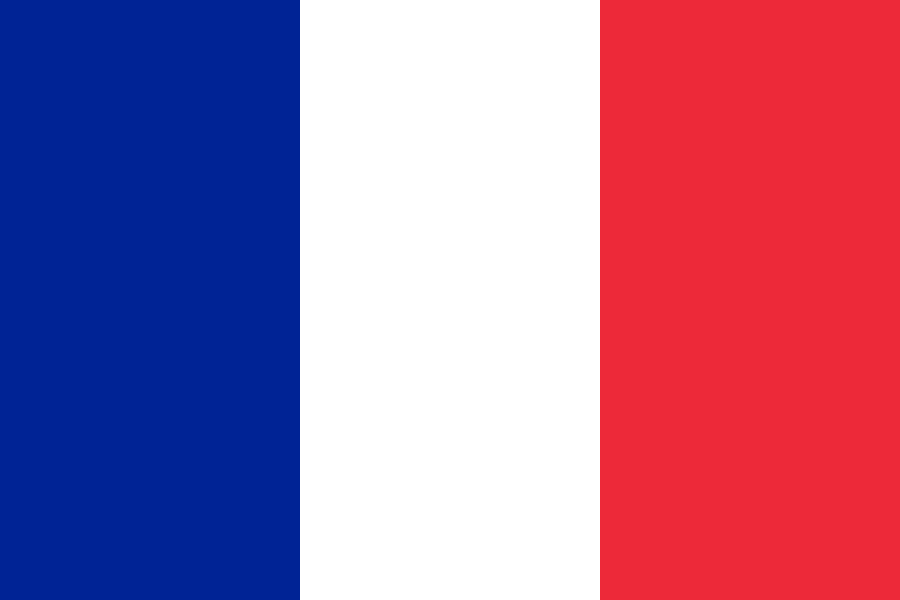
Entrecôte is a type of beef steak that's cut from between the ribs, but it's more commonly known as a thin and boneless rib-eye steak. The butchers cut bone-in rib-eyes with the bone on each side, but there are also six leftover boneless ste... READ MORE
Tenderloin
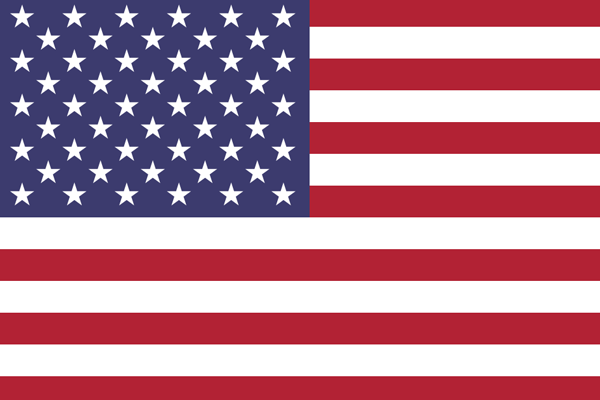
In the American, French, German, Brazilian, and Korean systems of primal beef cuts, the tenderloin is a cut from the loin, which is located towards the back of the cow, nestled under the ribs, next to the backbone. It spans two primal cuts: the sh... READ MORE
Filet mignon
Filet mignon is a premium steak cut from the tenderloin of a cow, a muscle that runs along the spine. The name "filet mignon" is French, meaning "dainty fillet" or "delicate steak," which reflects its reputation as one of the most tender and luxur... READ MORE
Bavette d'aloyau
Bavette d’aloyau in French butchery refers to a rear part of flank, a cut of beef taken from the abdominal muscles of the cow. The term "bavette" comes from the French word for "bib," which is a reference to the long, flat ... READ MORE
Hanger steak (Onglet de bœuf)
Onglet de bœuf in French butchery refers to the hanger steak, which is a cut from the plate primal of the cow, located near the animal's belly. It is also known as "butcher's steak" because butchers would often reserve it f... READ MORE
Faux-filet
In French butchery, the faux-filet corresponds to the sirloin steak cut in English-speaking countries. This cut comes from the back of the cow, right behind the ribs - hence its name, which means "false fillet" in French, as it's... READ MORE
Tende de tranche
Tende de tranche in French butchery is a cut of beef that comes from the round primal, specifically the inside round or top round in American butchery. This cut is located at the upper rear leg of the cow. The tende de tranche is... READ MORE
Jumeau à bifteck
Jumeau à bifteck in French butchery refers to a cut of beef that comes from the muscle located in the middle of the back of the animal, between the shoulder blades. The jumeau à bifteck is known for its rich flavor ... READ MORE
Macreuse à pot-au-feu
The macreuse à pot-au-feu in French butchery refers to a cut from the back of cow's front leg, located below the chuck. This cut is flavorful but tends to be tough, so it benefits from the long, slow cooking methods that break down the conn... READ MORE
Hampe de bœuf
Hampe de bœuf in French butchery refers to the steak from plate primal, or the belly of the cow. This cut is long, flat, and prized for its flavor rather than tenderness. Hampe de bœuf is known for its robust flavor a... READ MORE
Jarret arrière
Jarret arrière in French butchery refers to the rear shank of the cow. The rear shank is a lean, tough cut of beef, as it comes from a muscle that gets a lot of exercise. This cut is full of connective tissue, which can re... READ MORE
Basses côtes
Basses côtes in French butchery refers to a cut that's equivalent to the chuck short ribs in American butchery. This cut is located in the forequarter of the cow, specifically in the lower rib area. The basses côtes a... READ MORE
Gîte à la noix
Gîte à la noix in French butchery refers to a specific cut of beef known as the "round" or "topside" in English, specifically a part of the round near the rump of the cow. The term gîte à la noix transla... READ MORE
Jumeau à pot-au-feu
Jumeau à pot-au-feu in French butchery refers to a cut of beef that is typically used in slow-cooking methods, particularly in the traditional French stew known as pot-au-feu. This cut is taken from the front leg of the cow. It is a flavorf... READ MORE
Rond de tranche
Rond de tranche in French butchery refers to a specific cut of beef from the round primal, particularly the "eye of round". The term "tranche" generally refers to the rear part of the cow, or the round in English. The rond de tra... READ MORE
Bavette de flanchet
Bavette de flanchet in French butchery refers to the upper flank, similar to bavette d’aloyau. It's a cut of beef taken from the belly muscles of the cow. Bavette de flanchet is known for its strong beefy flavor and somewha... READ MORE
Plat-de-côtes de bœuf
Plat-de-côtes de bœuf in French butchery refers to the short ribs. The short ribs are characterized by a layer of meat sitting on top of a section of the rib bone. They are known for their rich, meaty flavor that is b... READ MORE
Aiguillette baronne
Aiguillette baronne in French butchery refers to a cut that comes from the silverside in the round primal of the cow, which is the upper part of the hindquarters. This cut is often compared to the top round in American butchery, ... READ MORE
Gros bout de poitrine
Gros bout de poitrine in French butchery also refers to a cut from the brisket section of the cow. This part of the brisket is typically the thicker, more muscular portion, often referred to as the "point" in English-speaking cou... READ MORE
Macreuse à bifteck
Macreuse à bifteck in French butchery refers to a cut of beef taken from the upper portion of the rear leg of the cow, specifically from the top part of the bottom sirloin. The macreuse à bifteck cut is lean,full of... READ MORE
Plat de tranche
Plat de tranche in French butchery refers to a cut of beef from the round section of the cow, specifically the outside or bottom round. In the French system, the "tranche" (which translates to "slice") generally refers to the upp... READ MORE
